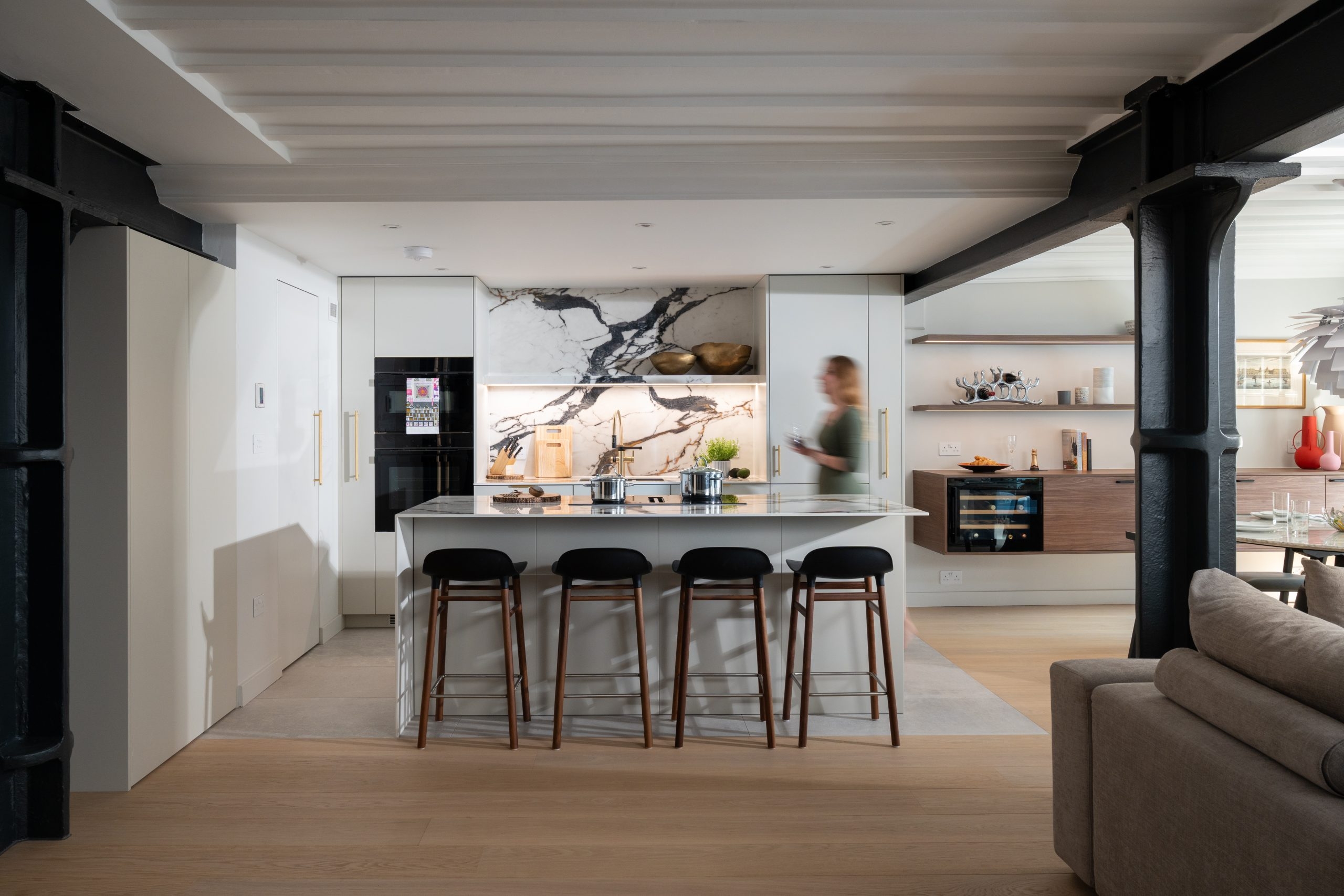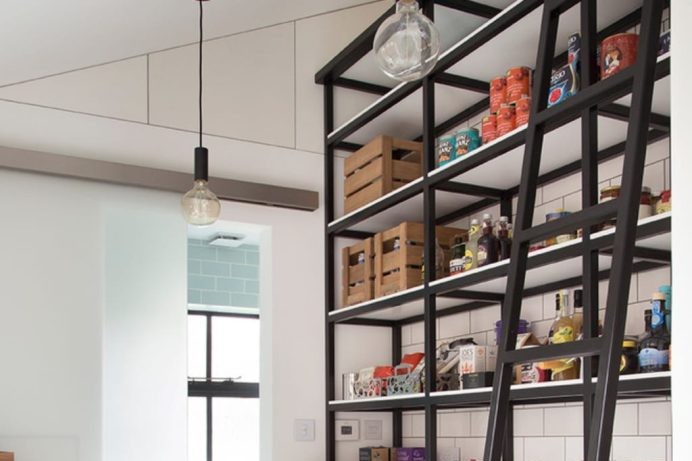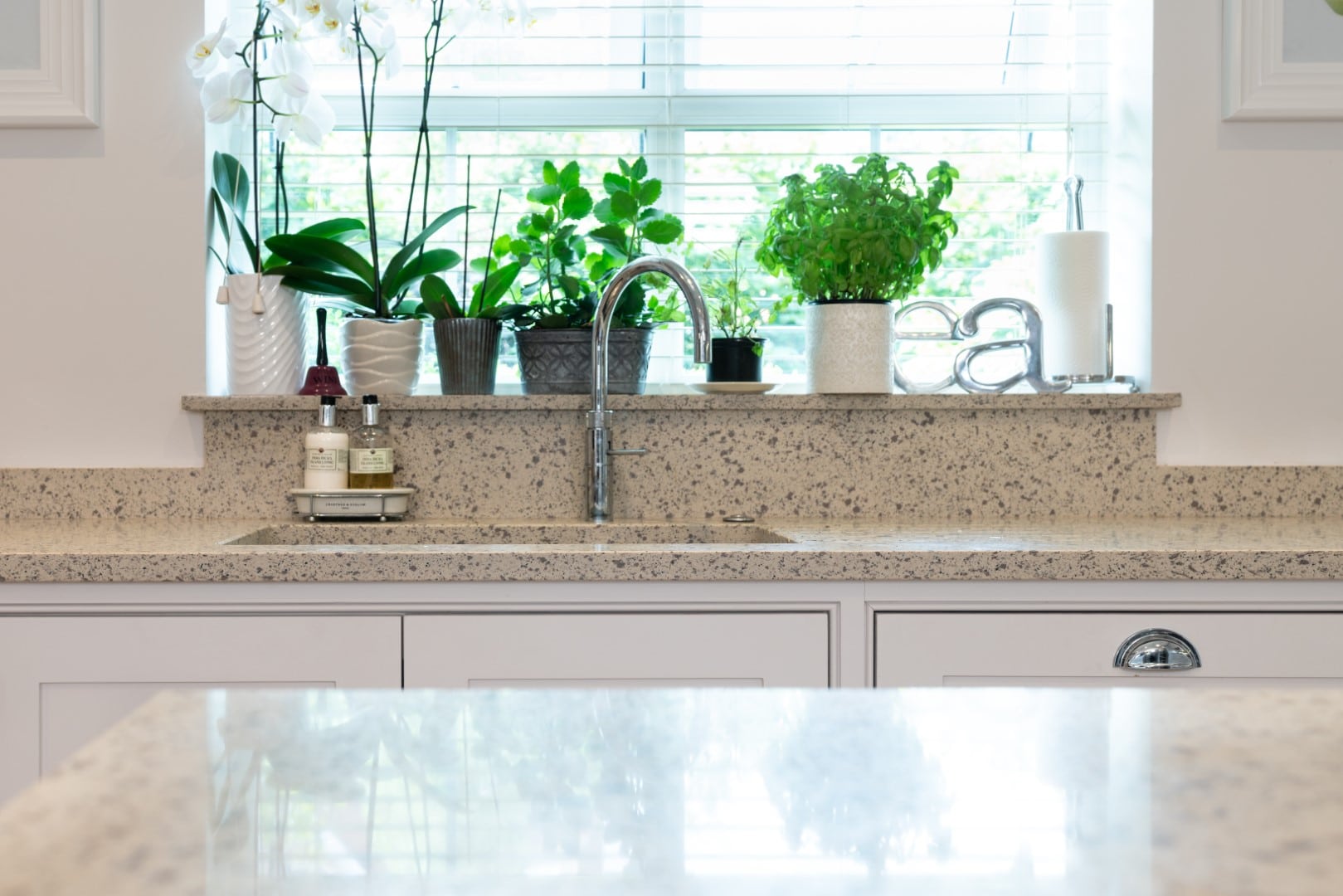Designing a kitchen with sustainability in mind? There’s so many things you could do, it’s hard to know which features to implement. But one thing is for sure: with the right storage solutions, low-waste living becomes second nature. Built seamlessly into the way you cook, shop, and move through your space.
Whether you’re aiming to cut down on packaging or better your recycling habits, these storage ideas can help shape a kitchen that supports your values and your lifestyle.
Rethink Your Tupperware Zone
Tubs and containers are a low-waste essential. But without dedicated storage, they quickly become chaotic. One of the simplest upgrades you can make is to allocate a full drawer or cabinet just for your tupperware. .
Think pull-out drawers with vertical dividers or tiered shelving. This keeps lids and bases together (no more mismatched lids) and makes daily prep much smoother.
A Compost Station
If you’re designing from scratch, this is one of the smartest choices you can make. Position a compost bin directly beneath your food prep area or at a convenient spot on your counter, ideally next to your sink or chopping zone.
At Amberth, we often include integrated solutions like motion sensor drawers or pull-outs with divided sections for general waste, compost, and recycling, making it easier to sort as you go.
Plan for Loose Produce And Refillables
Unpackaged fruit and vegetables need thoughtful storage to stay fresh. Traditional plastic drawers don’t always cut it.
Whether you’re buying grains in bulk or topping up your washing-up liquid at a local refill station, storage makes all the difference.
Tall pantry units, shallow jar shelves, or dedicated drawers for lock-lid jars help you keep everything tidy, labelled, and easy to access. Bonus: it often looks beautiful, too.
Grow As You Go
Why buy packaged herbs when you can clip them fresh?
A small indoor herb garden is a simple way to bring greenery into your kitchen while cutting out plastic packaging. On the windowsill, built into the island, or vertically mounted to a wall, it’s a sustainable solution with serious charm.
Prioritise Bin Organisation
Even with the best intentions, some packaging still slips through. Built-in recycling systems help you stay on track.
We design bin drawers that split waste into clearly labelled sections – paper, plastic, tins, and glass – positioned close to the sink or prep area for everyday ease.
Don’t Forget the Overflow
Buying in bulk is great for reducing waste, but where does it all go?
That’s where overflow storage comes in. Think tall larders, slim pantries, or under-stair cupboards repurposed for bulk items. These spaces don’t need to be large. They just need to be smart.
Final Thought
Low-waste living starts with design. The right layout, storage solutions, and features make eco-conscious choices feel like second nature.
If you’re planning a kitchen that’s as mindful as it is beautiful, we’d love to help.
.
.
.
.
FAQs
I want to shop package-free. How do I design around that?
Plan in space for glass jars, refillable containers, and bulk storage. Tall pantries, shallow shelves, and deep drawers work well.
How do I keep compost hygienic and odour-free?
Position a bin in a well-ventilated drawer beneath the prep zone. Choose sealed pull-outs with removable inner buckets to make emptying and cleaning easy.
Can I grow herbs in a small kitchen?
Absolutely. We’ve built herb gardens into window sills, open shelves, and even mounted vertical planters on unused wall space.
What storage is best for loose vegetables?
Ventilated crates, open pantry shelves, or cabinetry with airflow slots help keep produce fresh and accessible. Wicker baskets are also very good provided they are treated or lined properly.
Is it worth buying in bulk if I don’t have a utility room?
Yes. Overflow storage can be designed into underused areas like tall cabinets or hidden drawers within an island.





